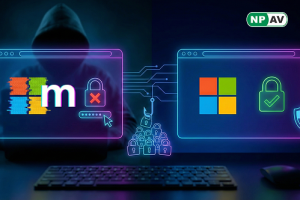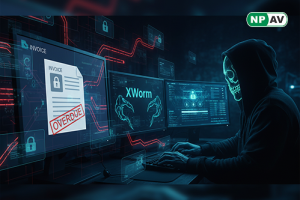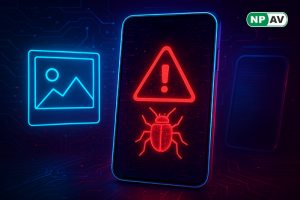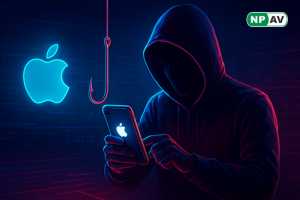WantToCry Ransomware Exploits SMB Vulnerabilities: A Serious Cybersecurity Threat
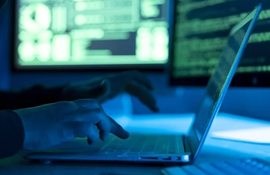
The WantToCry ransomware group is targeting unsecured SMB services, encrypting shared files, and demanding ransom payments. Weak passwords and misconfigured networks allow these attacks to succeed. Organizations must secure their SMB settings to prevent data loss and ransomware infections.
- SMB (Server Message Block) is a major security risk when left unprotected or misconfigured. Attackers exploit this weakness to gain unauthorized access.
- Hackers scan for open SMB ports (TCP 445) on the internet and use brute-force attacks with a massive list of weak passwords to break in.
- Unlike traditional ransomware, WantToCry encrypts files directly on shared network drives without installing any files on the victim's local system. This makes detection harder.
- Once files are encrypted, attackers leave a ransom note named !want_to_cry.txt with payment instructions. They communicate via Telegram and Tox messaging platforms to demand ransom.
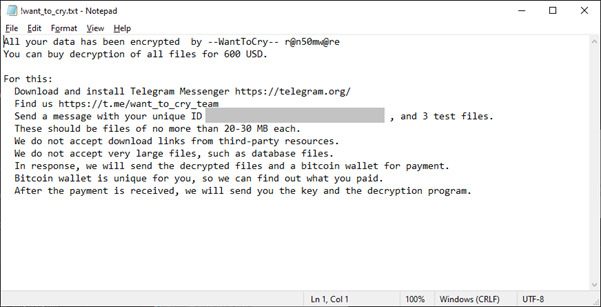
- Security researchers have detected the ransomware's activity from IP addresses:
194[.]36[.]179[.]18
194[.]36[.]178[.]133
These indicators of compromise (IOC) help in identifying infected systems.
Leaving SMB exposed without security controls can lead to serious consequences:
- Data Theft – Attackers can steal confidential files from shared drives.
- Ransomware Infection – Files become encrypted and inaccessible without paying the ransom.
- Business Downtime – Companies lose access to critical data, disrupting daily operations.
- Increased Cyber Risks – Exposed SMB services can invite more cyberattacks.
The WantToCry ransomware attack proves that weak SMB configurations can put entire networks at risk. Organizations must take strong security steps like restricting SMB access, enforcing strong passwords, and using NPAV’s advanced threat detection to prevent ransomware infections. Proactive security measures can stop data breaches, financial losses, and business disruptions caused by cybercriminals.

